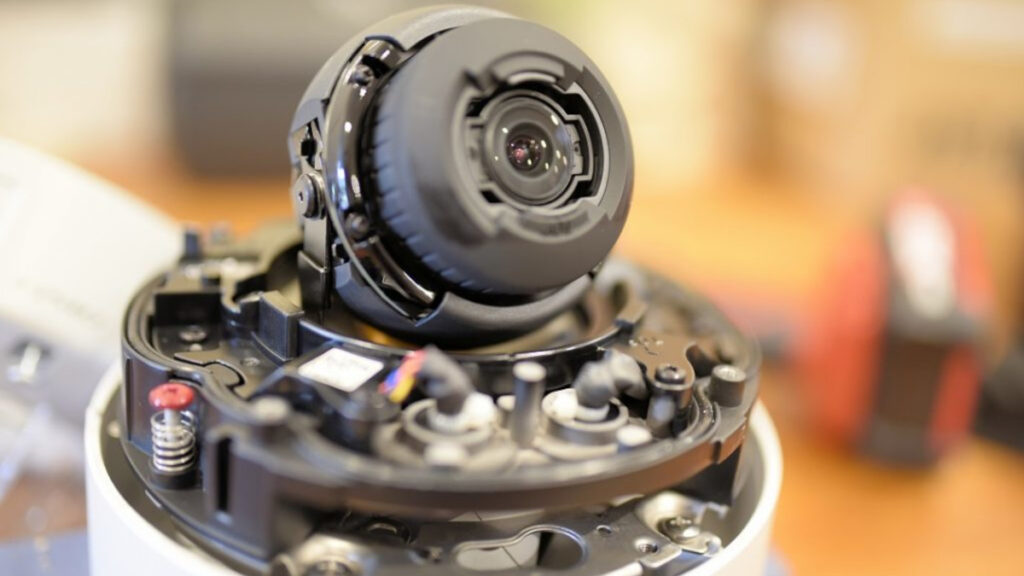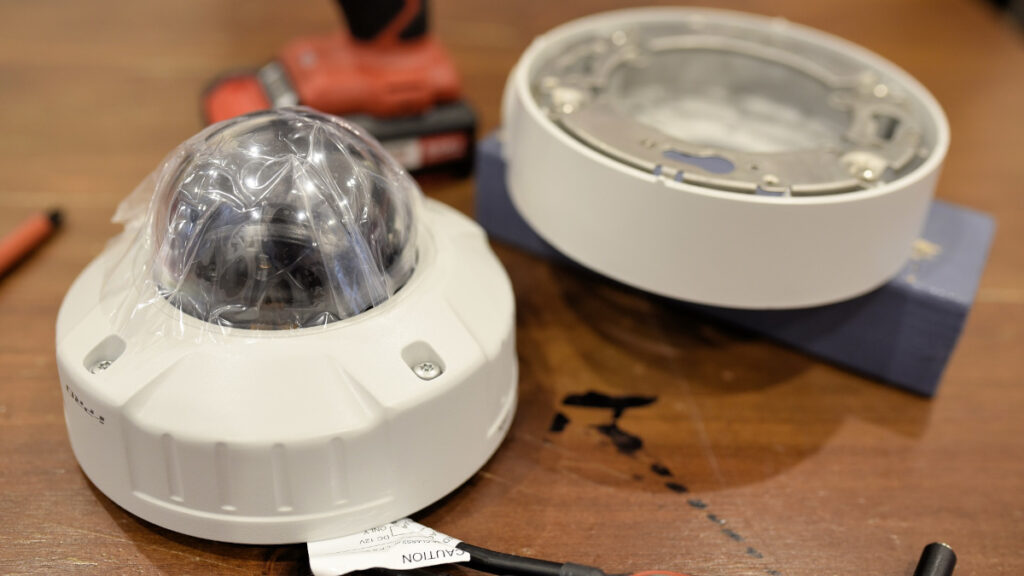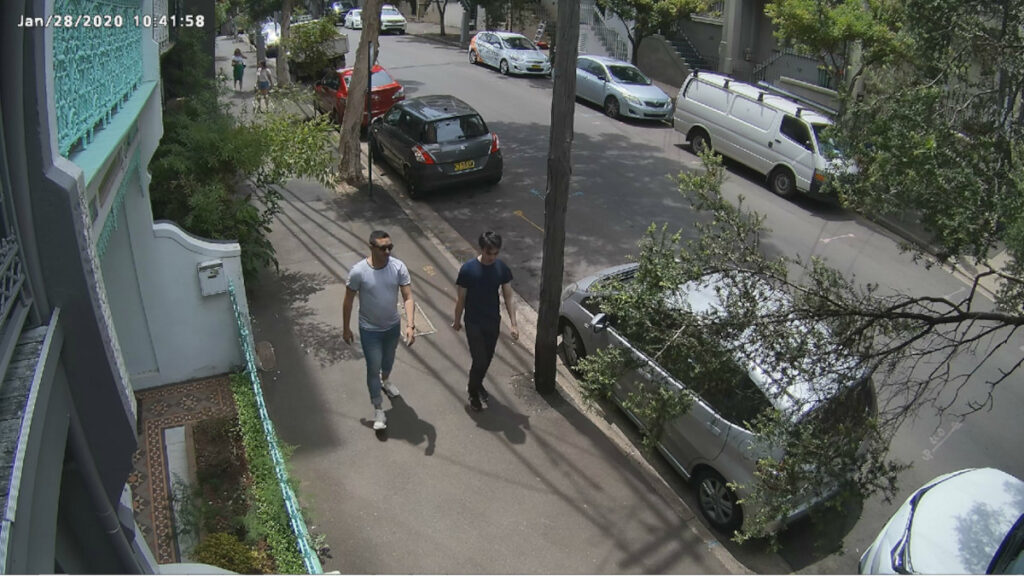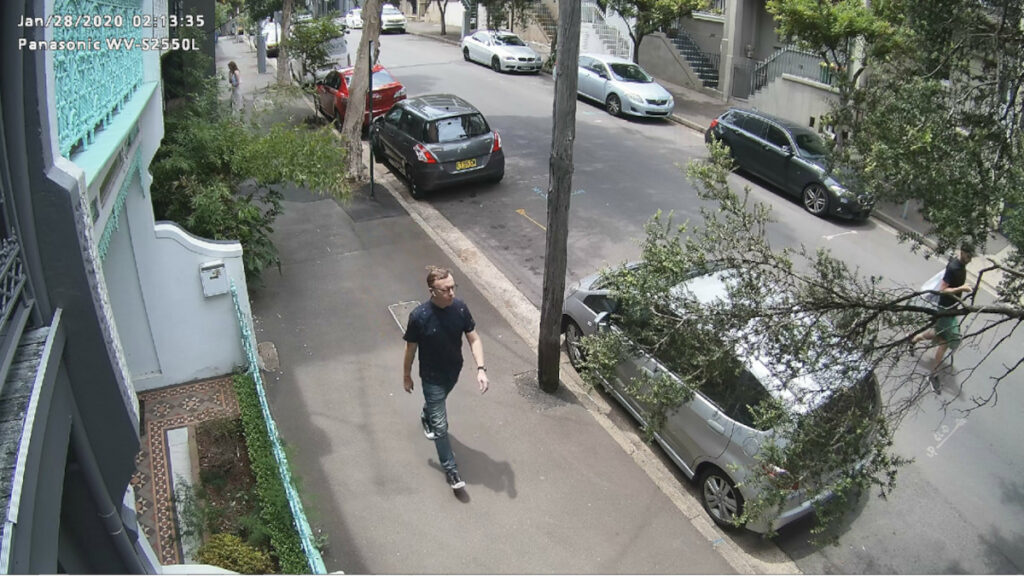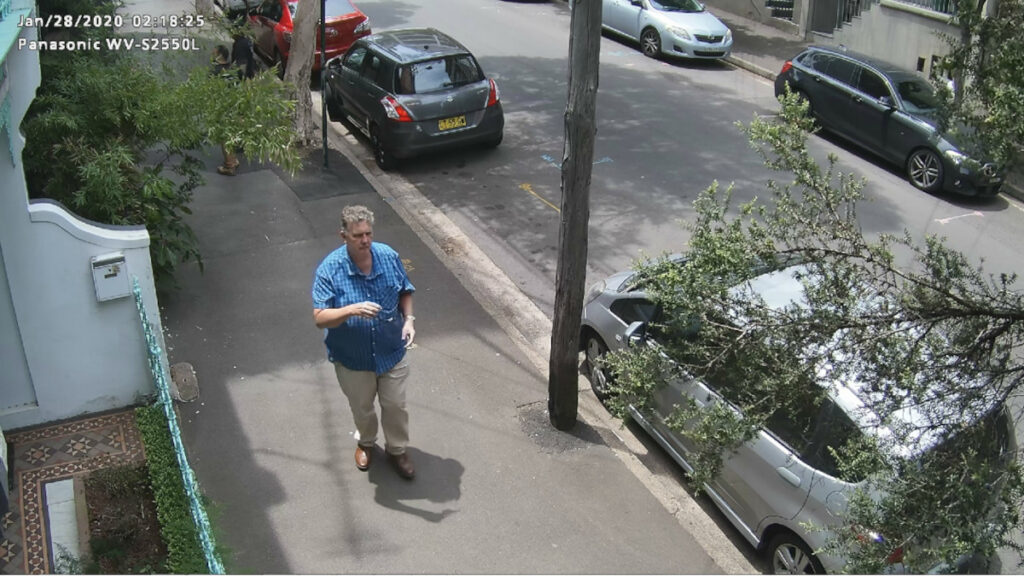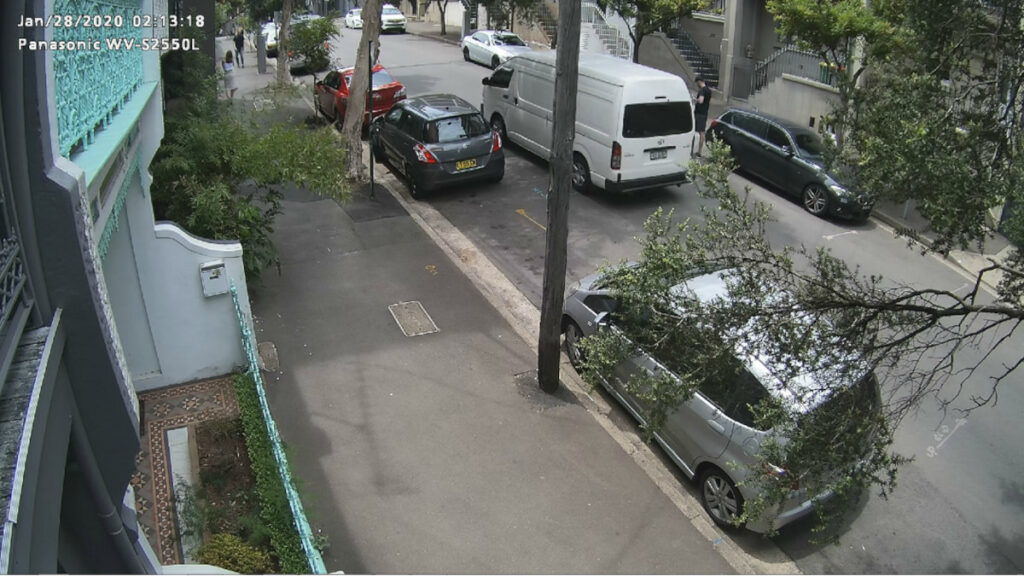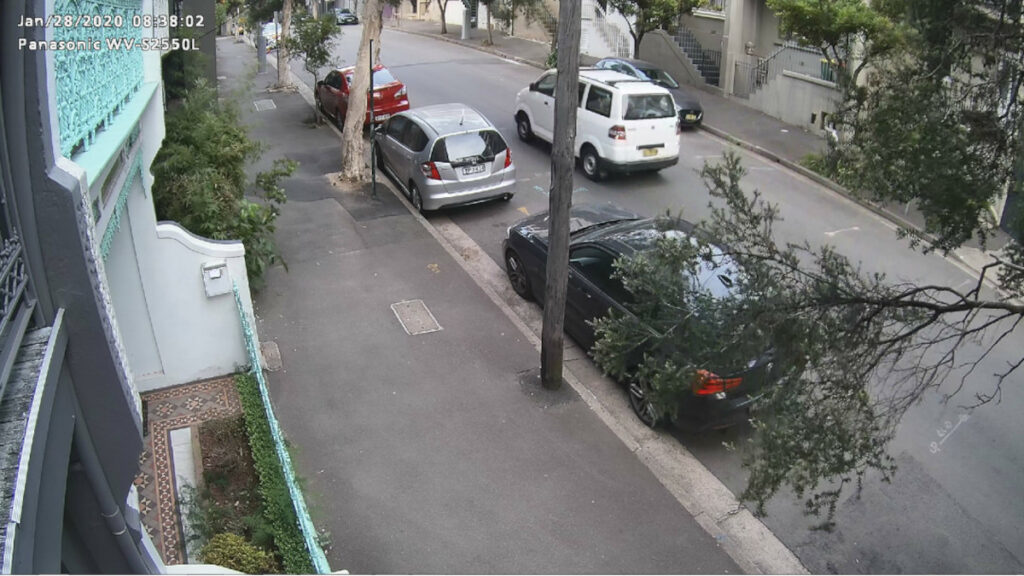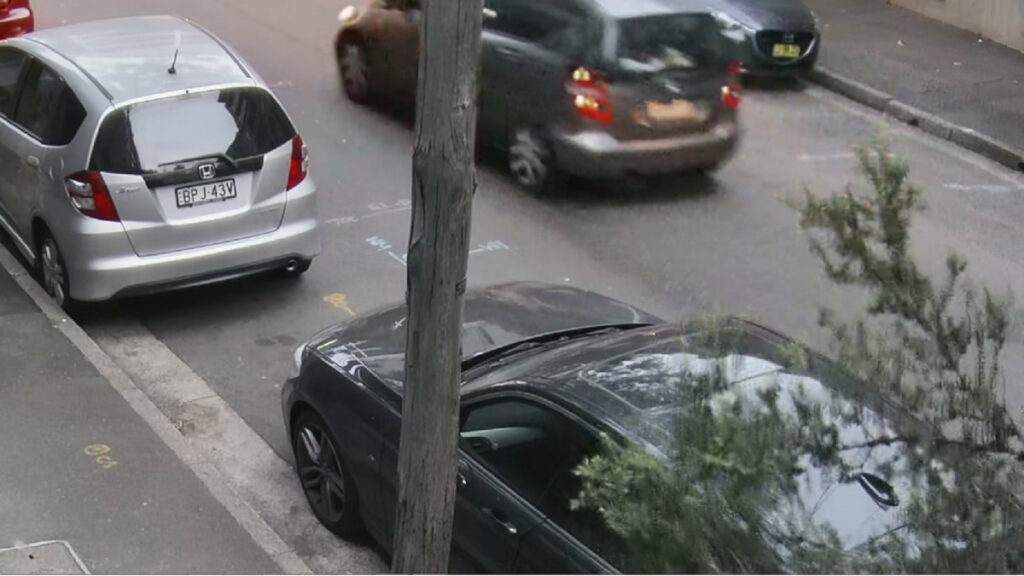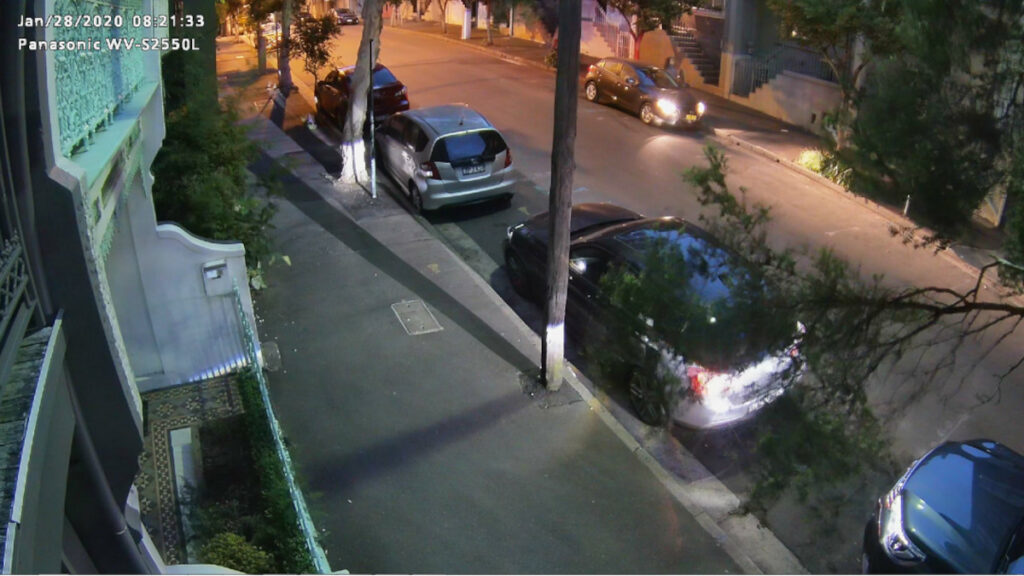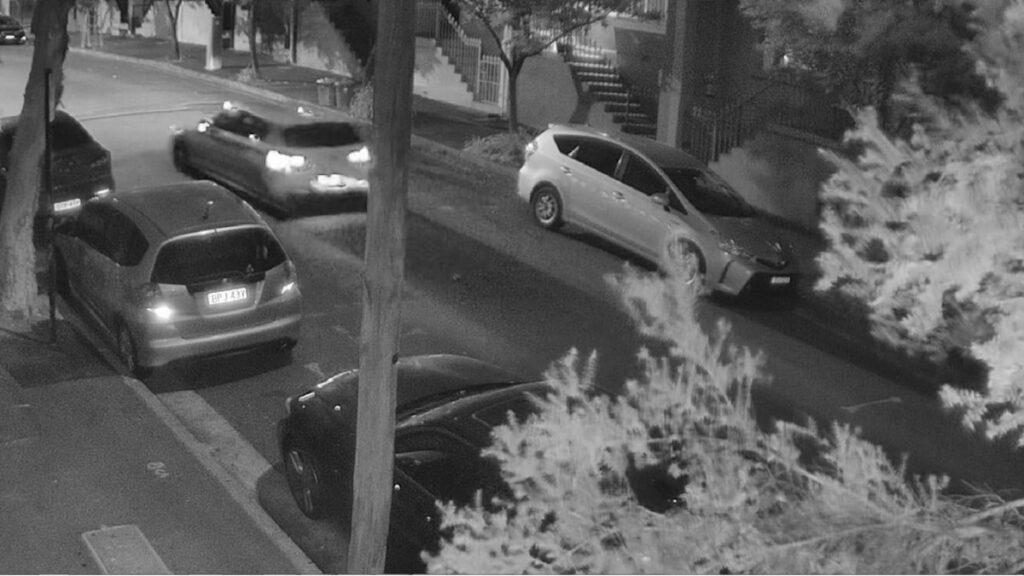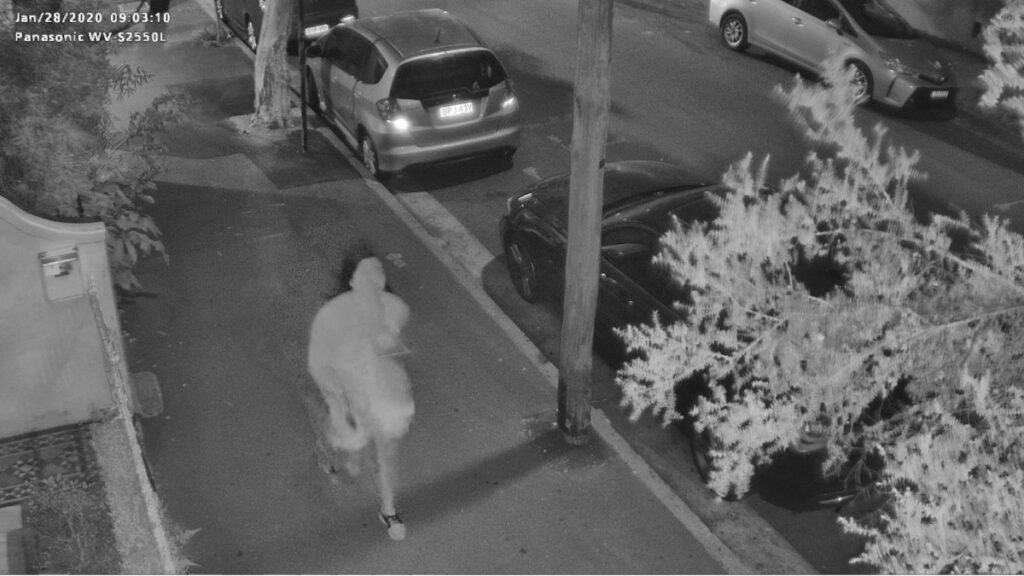Panasonic WV-S2550L 5MP Dome Camera Review
Contents
Panasonic WV-S2550L 5MP Dome Camera Specifications and Build Quality
Panasonic WV-S2550L 5MP Dome Camera – Panasonic WV-S2550L is an i-PRO 5MP vandal resistant dome camera featuring native H.265 + Smart Coding, colour night vision rated at 0.0044-.07 lux, integrated IR, Super Dynamic WDR performance of 120dB, FIPS 140-2 Level 1, IK10 and 50J against vandalism, IP66 and NEMA 4X against dust and water.
Note this story was first published in 2020 and it’s been updated as part of SEN website’s SEO upgrade – Panasonic is now known as i-PRO and the range is distributed locally by BGW Technologies.
Panasonic has a long history of making lovely CCTV cameras and pulling the Panasonic WV-S2550L 5MP Dome Camera out of its box the first thing that hits me is the build quality and the way everything fits together. This is a rugged dome with a high specification that’s designed for challenging environments. I have no problem putting the camera together after adding the attachment plate and base bracket. It powers up and I’m able to access it via Panasonic’s EasyIP browser with no problem.
The WV-S2550L is built around a 1/2.8 MOS sensor with a maximum resolution of 5MP at 30ips and offers H.265, H.264 and JPEG compression options – I stick with native H.265. Resolution settings at the upper end include 3072 x 1728 pixels, 2560 x 1440 pixels and 1920 x 1080 pixels. This camera can handle a minimum scene illumination of 0.07 lux in colour or 0.04 in black and white.
The angle of view from the 2.9-9.9mm lens (3.3x optical) with its magnesium fluoride coating is a little narrower than I’m used to – it gives 103-33 degrees. For my busy street scene, this turns out to be a good range. Vertical angle is 19-55, which I found gave me all I really needed. You tweak the pan and tilt manually by loosening grub screws – it’s -180 to +180 for pan, with a tilt angle of -30 to 85 degrees. I found these adjustments easy to do one handed.
According to Panasonic, Intelligent Auto (iA) monitors scene dynamics and motion to adjust key camera settings automatically in real-time, reducing distortion such as motion blur on moving objects. Meanwhile, H.265 Smart Coding technology means bandwidth efficiency is intelligently increased for longer recording and less storage. Other features include Super Dynamic, WDR of 120dB, BLC, Enhanced Super Dynamic, day/night, ICR, auto back focus and focus assist and auto focus.
Out of the box, the camera supports full data encryption streaming to SD card edge recording, while FIPS 140-2 Level 1 compliance gives end-to-end system encryption with supported VMS and devices to protect from IP snooping/spoofing and to detect data alteration. There’s support for IPv6 and IPv4, TCP/IP, UDP/IP, HTTP, HTTPS, RTP, FTP, SMTP, DNS, NTP, SNMP, DHCPv6, MLD, ICMP, ARP, IEEE 802.1X, DiffServ. Depending on network environment, the camera can support 14 simultaneous users.
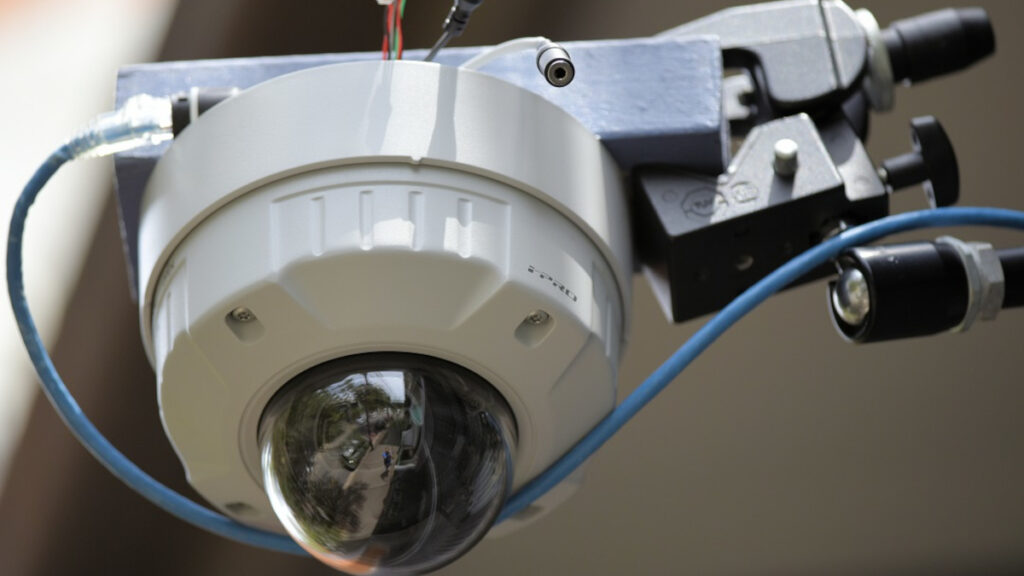
This camera has 2-way audio with a built-in microphone, 3 external inputs and 2 external outputs including a 3.5 audio jack, an excellent operating temperature range of -40 to 60C and a stingy V DC power draw of 840mA at 10W. Audio compression options include G.726 (ADPCM) at 16 kbps/32 kbps, G.711 at 64 kbps and AAC-LC*6 at 64 kbps, 96 kbps or 128 kbps. This up-spec of ancillaries is typical of a Panasonic camera.
The WV-S2550L is compatible with SDXC/SDHC/SD memory cards to a maximum of 256GB, as well as SDHC and SDXC cards. It’s also compatible with iPad, iPhone and Android mobile terminals and there’s email notification of alarm events, HTTP alarm notification, indication on browser, FTP image transfer and a Panasonic alarm protocol output.
Panasonic WV-S2550L 5MP Dome Camera is physically quite imposing at 154mm x 103mm high with a main body of die cast aluminium in Panasonic grey and a clear resin dome bubble. With the base bracket attached, weight is around 1.6kg and all the outer fixings are corrosion-resistant with a secure screw head design.
Finally, there’s integrated IR with a range of 40 metres and there are loads of settings to play with. When we tested the Panasonic i-PRO Bullet last year we found IR range and spread was a real strength – IR is likely to reward users needing 24-hour coverage of scenes.
Test Driving The Panasonic Dome
The camera is set up out the front of the office and is running on SEN’s dedicated test network, which is now corralled from the general data network. This subnet comprises an Optiplex 9020, a NetGear GS108P PoE switch and the test camera.
I have resolution settings at super fine – 3072 x 1728 pixels, priority at VBR, 30ips, iA on and maximum bitrate set to 8192. This is higher than you’d go in many applications but through the test I find bitrates varies considerably – with nothing moving in the scene, bitrate gets down to 750kbps at times, which is brilliant. Because I have a lot of tree movement close to the lens it’s this factor that impacts most on bitrate in my application. If I zoom the foliage out of the field of view it makes a massive different to the burden static scenes pose on storage.
WDR performance
I kick off testing in the morning at around 10.30am with loads of sun – more than 70,000 lux face on. It’s a challenging application for any camera, let alone a dome with bubble. My initial impressions are that WDR performance is good – there’s no ghosting of the bubble or internal elements of the lens. General detail is high, with good resolution, sharpness and contrast.
There’s some chromatic aberration at the wide end that’s a little better than average and zooming in significantly reduces it. There’s also some barrel distortion in this lens – around 6-7 per cent – and I decide to tweak it out in settings. After tweaking I decide less is more – too much adjustment changes the perspective of objects in the scene more than I’m happy with and I opt for just a nudge of flattening.
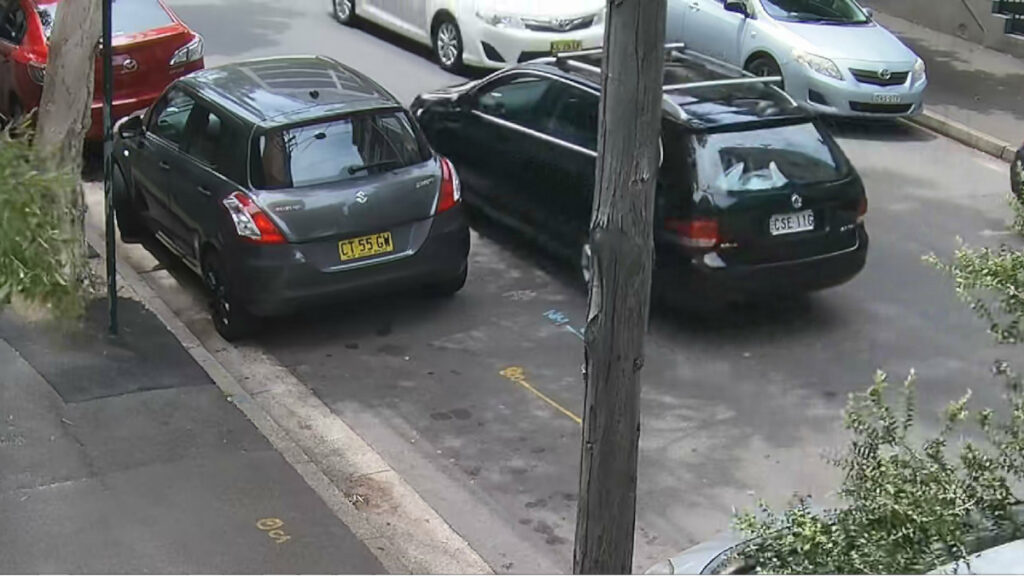
Colour rendition
Colour rendition is a strength, even across challenging variably lit scenes. The shaded parts are still apparent, and the bright parts are brighter but there’s no heavy shade and no overexposure. This means the camera is balancing light levels across the scene well and exposing uniformly. Depth of field is solid thanks to that strong resolution. I’m able to get useful detail all the way to Albion Street – around 100m from the lens.
Best sharpness is when you zoom and then refocus but as this is a dome camera, zooming can take you away from your field of view. Something I enjoy is the speed of the zoom and focus and the value of increased pixel density – I’m only going to 1.6x but the resolution of this camera makes that slightly longer focal length really pay off.
I notice the camera system is prioritising low bit rate in H.265 – it’s working hard to keep the bitrate as low as possible. This might be why movement leads to a bit of softness at the edges, even though people and vehicles are still pretty well rendered – including moving faces and plates. Given the brightness of the day, this softness around moving trees and people, particularly in shadow, isn’t shutter speed but more likely tone mapping artefacts or generalisations in processing. Later, I distinctly notice when shutter speed drops back.
Face Recognition
Looking at faster moving vehicles there’s a definitely trail of artefacts but this doesn’t seem to be rendered in snapshots. Performance when it comes to identification of people and vehicles – even small vehicles like motorcycles – is better than my instinct tells me it should be. Whether this comes down to iA, to compression, or to any of Panasonic’s other smart i-PRO features, I can’t tell. But what the combination of functionality, decent zoom, H.265 compression and high resolution gives me on the street is plates and faces deeper into the scene than you’d ever get with 1080p at a very low overall bitrate. Getting static plates at 25 metres at 2.8mm without needing to zoom optically or digitally is sweet.
Low Light Performance
Performance is consistent throughout the day, though I notice that as the street between the towers loses light in the mid to late afternoon, I start to lose some details I had in full sun. Then as things get uniformly gloomy, performance against tone mapping/blur improves – I can’t help wondering if there’s some impact from WDR software. Not only that, the image gets brighter overall as the scene gets uniformly darker. The afternoon plods along. Notwithstanding the slight evidence of tone mapping artefacts around moving objects, depth of field is good, and colour is held all the way into a scene with no signs of over exposure.
I leave the office for a few hours then return around 7.30pm. Things are getting gloomy on the street but the image stream from the Panasonic WV-S2550L 5MP Dome Camera is interestingly bright – it even shows distinct lightening towards the end of the street where there’s a less shaded horizon – the sun has gone down by now. I still see the tone mapping around moving parts of the scene, but it has no impact on faces to 20m. They are court admissible. I notice that while I still have faces, I’ve lost moving plates.
By around 7.50pm the shutter speed has noticeably slowed down – pedestrian faces are getting softer, though still court admissible. At 8pm the camera is contriving to surprise me with its levels of detail, especially with optical zoom wound in 1.6x. I’d like to go further but once again I’m zooming out of my field of view the way it always happens with fixed dome cameras. This is something installers would have to manage in the field. It would be easy for me to pull the Magic Arm off the front of the office, remove the bubble and tweak pan and tilt vectors to improve my angle of attack on the scene but I don’t want to bother.
There’d be even more inertia if you needed a scissor lift to gain access and the answer is to take future zoom choices into account during commissioning.
By 8.10pm it’s sub 10 lux out front and shutter speed has well and truly fallen away. I’ve lost plates, even on zoom, and sauntering pedestrians are starting to drag tails of artefacts and blur, as are moving cars. Tree branches are also doing a little bit of painting in the air, though I can also discern individual leaves. Regardless, situational awareness remains strong, depth of field is solid, colour rendition is good, there are no strange colour casts in the scene and noise remains very low at all times.
An interesting thing is that I still have static plates a long way from the camera courtesy of that 5MP resolution – I’m am still getting them at more than 25 metres.
IR Performance
By 8.20 the light is well and truly gone and there’s now a cast showing from the low-pressure sodium lamps up the street – you can see the difference between the LED lights close to the office and the sodium. Something I can also see clearly now is that the camera handles blooming very well and there’s no ghosting of the bubble or lens elements with direct light at night. Depth of field remains strong. The Panasonic WV-S2550L 5MP Dome Camera is still in colour even with ambient light around 4-7 lux outside on the street – at this point I realise I’m going to have to force this Panasonic dome into night mode to see IR performance.
About 10 seconds later I can see IR performance at night is solid. While I expected it would be, I wasn’t expecting this quality of throw and spread. There are applications that would suit this camera almost for IR coverage alone. On default settings the range is out to 25 metres (it’s more but that’s all I can see in this application) with coverage greater than the angle of view. Despite this performance, it’s not so strong as to create flare although there are near structures in the scene.
Regardless, in night mode with IR activated the shutter speed is master of ceremonies and I’m no longer getting plates, though vehicle type is readily discernible – nor am I getting faces, though I find I often get strong detail of shoes and other objects.
Next morning, I arrive back at the office relatively early before the sun has risen. As soon as I look at the screen it’s brought home once again how well this camera performs in uniformly dark scenes – my street scene is much brighter on screen than off. Something I do notice when a dark vehicle then a white vehicle drive along the street is that it has an impact on the whole scene at this time of day.
The overall scene is brightened when a white car goes past, while I find the darker contrast preferable when the dark car goes by. At 7am I’m not getting fast moving plates, but faces are court admissible and then as the morning goes on I once again have plates at around 8.30am on an overcast day.
Conclusion
Panasonic WV-S2550L 5MP Dome Camera is a robust camera with an excellent specification that’s capable of taking the worst the environment can throw at it. Built quality is high, installation and adjustment is easy, and the accessories all fit together well. Finding a cable path through the base bracket is a snip thanks to a range of cut-outs and sensible cable lengths and all adjustments are easy to do.
Taken as a whole, Panasonic WV-S2550L 5MP Dome Camera – performance is strong. Resolution is high, bitrate is often surprisingly low, WDR performance is excellent, depth of field is good, colour rendition is natural, there’s good sharpness and contrast. Adjusting zoom and refocus is easy and the process is rapid. The camera does well through a range of lighting conditions and manages to never overexpose or under expose in challenging scenes. At night there’s no blooming, no ghosting of the lens or dome bubble and the IR capability is top notch, with flare very well managed and great reach and coverage.
From early in the morning – around 6am in Sydney summer – to 8pm in the evening, the camera delivers court admissible faces. Outside these hours, I found faces were better in day mode than they were with IR activated in night mode. While court admissible faces and plates are available during the day (for moving plates) and into the early evening (for moving faces), the camera engine and its firmware show some consistent tone mapping when it comes to moving objects – this happens in all lighting conditions and is evidenced around moving branches, vehicles and the legs of pedestrians.
To find out more details about this Dome camera please click here and you can also read more articles and other product reviews from SEN news here.
Features of the Panasonic WV-S2550L 5MP Dome Camera
* Self-Learning ROI encoding (Auto VIQS) Compresses Quiet Areas
* Region of Interest
* 5MP, 30ips, Super Dynamic 120dB
* iA (intelligent Auto)
* Color night vision (0.0044 to 0.07 lx)
* H.265 Smart Coding
* FIPS 140-2 Level 1 compliant.






